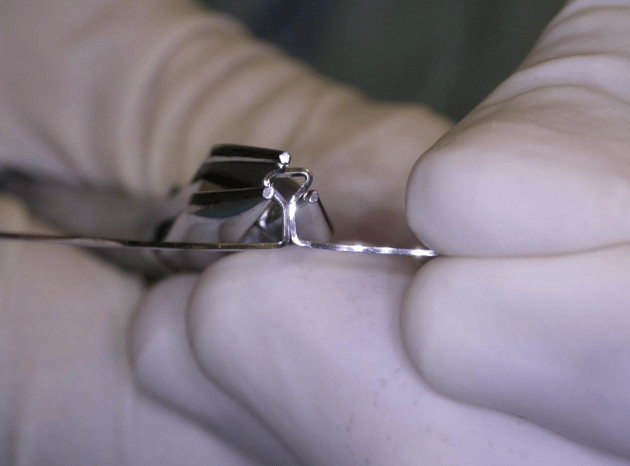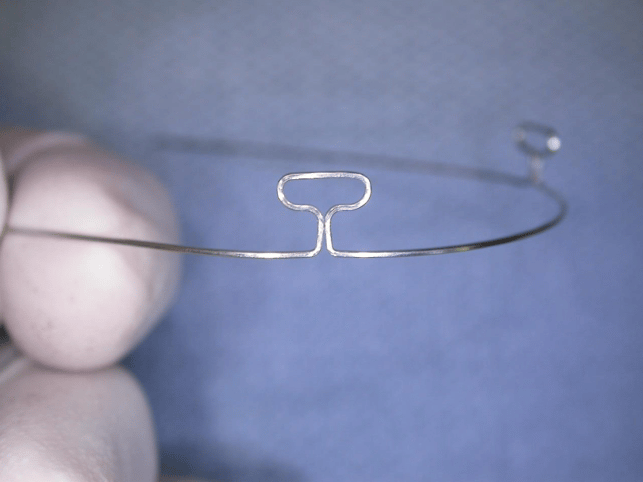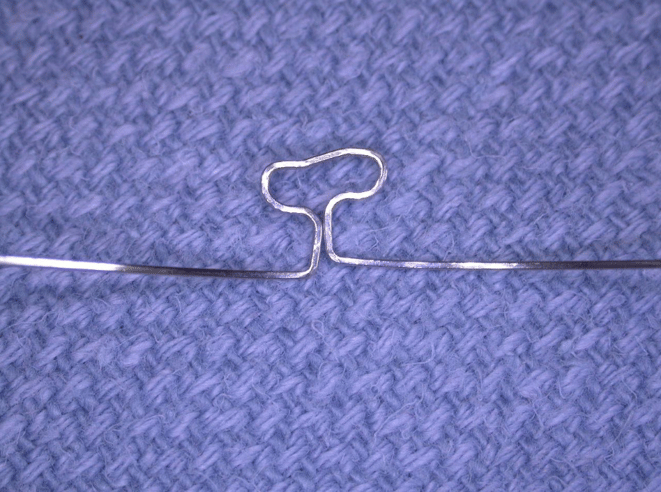Want to know the key to success when it comes to orthodontic mechanics? Dr. Shockley Weir has your answers in this quick and easy blog!
To be successful in the mechanics phase, you must understand the tools you have to control or close spaces. Loops, holes, and bends can sometimes get confused with each other, but this quick guide will help you master them. Learn the difference between Key Holes and T-Loops, and when to use each of them.

 T-Loop
T-LoopA T-Loop is primarily designed for cinch back mechanics and is frictionless.
With cinch back mechanics, you’ll obtain cuspid Class I and then cinch the T-Loop to close the space distal to the 2’s.
While a T-Loop can be used like a Key Hole, because it is less stiff than a Key Hole, be aware that it will NOT hold torque as well. You’ll find that the incisor will de-torque past the retraction limit of the chosen archwire-bracket combination.

T-Loops are often a good choice when mild/moderate vertical control is needed. You can choose to place a Mesial Squeeze on the T-Loop or a create a Snoopy Bend, based on your desired outcome.
It is recommended that both be done extraorally for better control and to ensure these were done correctly and that the wire wasn’t distorted, which will cause unwanted movement.


